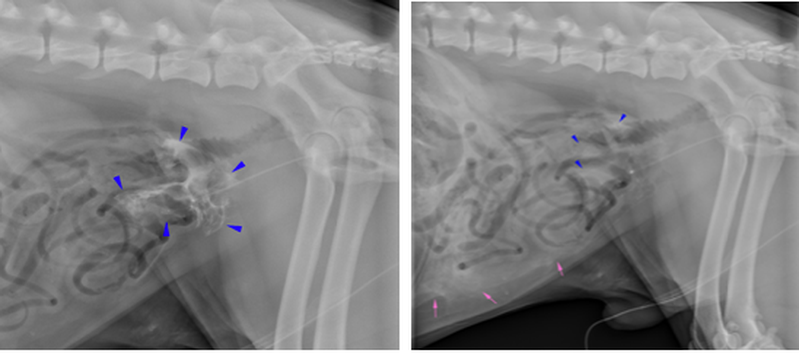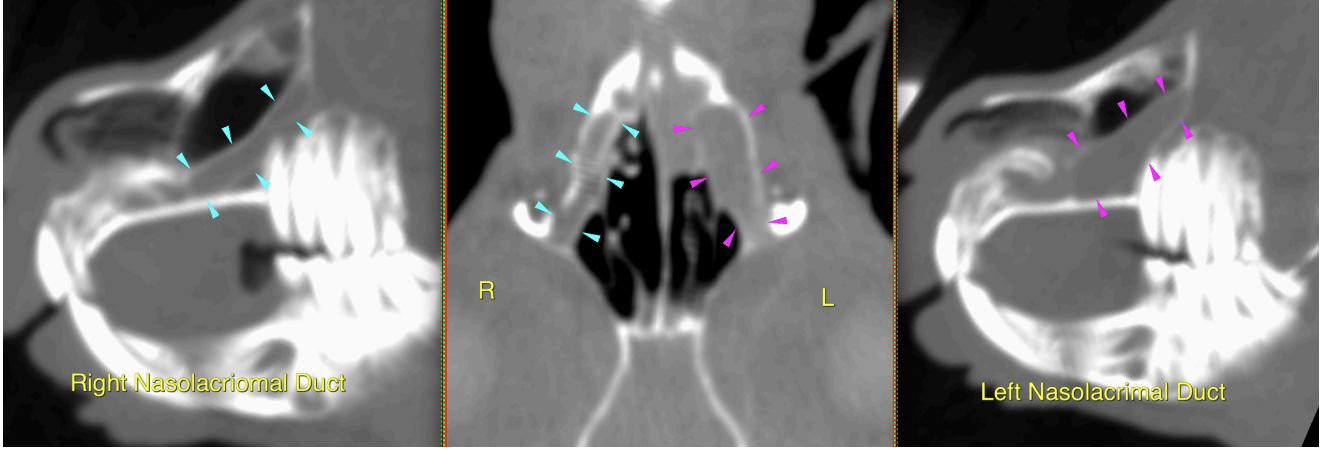The time frame to the lowest neutrophil count following chemotherapy, termed the nadir, varies with individual drugs. However, it typically occurs 5-10 days after treatment and therefore it is standard practice to assess a haematology profile at 7 days (and also on the day of chemotherapy administration). There is an increased risk of sepsis in patients with neutrophil values of <1000 cells/ µL. This risk increases further with neutrophil counts of <500 cells/ µL.
Treatment of the neutropenic small animal patient
Standardised recommendations for the characterisation, prevention and management of chemotherapy induced neutropenia in veterinary medicine are not available. However, much information can be gained from management in human medicine. Most clinicians will have minimum neutrophil / platelet values they adhere to when deciding if a patient is suitable for chemotherapy treatment. The most widely used is detailed below:
Neutrophils: >1500 cells/ µL
Platelets: >75000 cells/ µL
The following recommendations are then suggested based on blood work and the clinical condition of the patient:
- Neutrophil count of <1500 cells/ µL, afebrile and asymptomatic
- delay chemotherapy administration (if due) and reassess in 3-7 days based on the severity of neutropenia
- Neutrophil count of <1000 cells/ µL, afebrile and asymptomatic
- delay chemotherapy administration (if due)
- prescribe a broad spectrum antibiotic for 5 days
- reassess haematology profile in 2-5 days
- Neutrophil count of <1500 cells/ µL, febrile +/- symptomatic
- delay chemotherapy administration
- hospitalise patient and administer intravenous fluids
- initiate treatment with broad spectrum antibiotics to cover both gram positive and gram negative bacteria
- administer supportive medication (i.e anti emetics) as indicated
- reassess haematology profile in 24 hours
Chemotherapy induced neutropenias can not always be prevented. However, monitoring nadirs and assessing haematology profiles prior to chemotherapy in addition to monitoring for occult infections can all be helpful. Dose reductions should be considered following cases of neutropenia, especially in patients where hospitalisation was required. However, it is important to understand dose reductions can subsequently lead to reduction in efficacy of the treatment. A dose reduction of 10-20% is generally recommended if the neutrophil count is <500 cells/ µL at the nadir or <1500 cells/ µL at the next scheduled treatment.
References
Gustafson DL, Bailey DB, Cancer Chemotherapy, Vail, DM, Thamm, DH, Liptak, JM, (2020), Withrow and MacEwen’s Small Animal Clinical Oncology, 6th Edition, St. Louis, Missouri: Elsevier, p 187
MacDonald V. Chemotherapy: managing side effects and safe handling. Can Vet J. 2009;50(6):665-668
Vail DM. Supporting the veterinary cancer patient on chemotherapy: neutropenia and gastrointestinal toxicity. Top Companion Anim Med. 2009 Aug;24(3):122-9

%20(1).jpeg?width=75&height=75&name=Charlotte%20Johnston%20(Default%20-%20Team%20Sheet)%20(1).jpeg)



